The news gap on the center-right won’t be filled
Remember when covering the local school board was a job for reporters with a high tolerance for tedium and technocracy? These days, it’s better suited for ones with war-zone experience.
I’d like to believe this will pass, but it looks set to get even worse — and the one thing that I believe could calm it doesn’t appear likely.
This year, my colleagues and I have spent a lot of time studying the growing AdFontes Media Bias Chart. It plots media sources according to two factors: left/right bias along the X-axis and reliability along the Y-axis. One thing that jumps out right away when you look at it is the sparse patch in the top-right quadrant.
Per AdFontes, Reuters (my long-ago former employer) rates -2.1 on the bias scale, indicating a slight left-leaning, and 48.81 on the reliability scale, one of the highest ratings for being “fact-based.” Alas, there’s no mirror equivalent — no source rating around +2 on the X-axis with a similarly high reliability rating, other than Stars and Stripes, 10 News San Diego, and a Wall Street Journal podcast. Meanwhile, Reuters is joined by AP, PBS, AFP, ABC World News Tonight, NOLA.com, the Weather Channel, and many, many others.
For anyone who desires a balanced media diet — but doesn’t want to dip into the zone of analysis, commentary, and opinion — it’s really hard to match like-for-like. Now, if you’re a dyed-in-the wool liberal or progressive, maybe you don’t care that there isn’t a counterpoint to World News Tonight — but you should. You don’t need to read it or watch it if you don’t want to: You just need for it to exist. Otherwise, the net effect is that fact-based reporting itself becomes a political landmine. The “MSM” label gets cemented in the public consciousness of anyone who isn’t sated by a left-only diet.
In my present industry, I see and fear the damage this is wreaking. Schools are having to approach the discussion of daily news with trepidation. Strident school board meetings have a chilling effect. That sixth-grade current events assignment we all enjoyed — the one that probably got many of us interested in journalism in the first place — may go extinct for today’s students as school administrators have to weigh the risk of another nightmarish outburst during public comment time.
This is Code Red bad for education, and for civic life. Civics can’t be taught well in the abstract. Neither can science, or history. They all benefit from teachers having real-world, up-to-date examples that put hard concepts into context.
So long as center-left, fact-based sources grossly outnumber those on the other side, the very notion of news will have a hard time shaking its association with the liberal media. Here’s a prediction: When school resumes next fall, right in time for what promises to be a bruising midterm season, opening any kind of discussion about the news of the day will require a level of bravery more typically associated with test pilots than that of the workaday teacher.
A new crop of right-of-center sources — or a slight rightward migration of some existing publications — would help bring the balance that could restore daily news as a shared American institution. But I don’t think that’s in the cards for 2022. While it may be what we need, it’s not what we’ll naturally demand, given our reliance on social media and personalized feeds that are perversely engineered to narrow our news diets. Market forces won’t conjure this rebalancing; it will take dedicated funding from mission-driven institutions that care about the role of news in civic life, no matter which direction they lean.
Jennifer Coogan is chief content officer of Newsela.
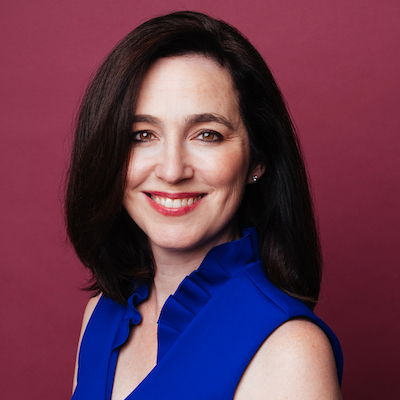
Remember when covering the local school board was a job for reporters with a high tolerance for tedium and technocracy? These days, it’s better suited for ones with war-zone experience.
I’d like to believe this will pass, but it looks set to get even worse — and the one thing that I believe could calm it doesn’t appear likely.
This year, my colleagues and I have spent a lot of time studying the growing AdFontes Media Bias Chart. It plots media sources according to two factors: left/right bias along the X-axis and reliability along the Y-axis. One thing that jumps out right away when you look at it is the sparse patch in the top-right quadrant.
Per AdFontes, Reuters (my long-ago former employer) rates -2.1 on the bias scale, indicating a slight left-leaning, and 48.81 on the reliability scale, one of the highest ratings for being “fact-based.” Alas, there’s no mirror equivalent — no source rating around +2 on the X-axis with a similarly high reliability rating, other than Stars and Stripes, 10 News San Diego, and a Wall Street Journal podcast. Meanwhile, Reuters is joined by AP, PBS, AFP, ABC World News Tonight, NOLA.com, the Weather Channel, and many, many others.
For anyone who desires a balanced media diet — but doesn’t want to dip into the zone of analysis, commentary, and opinion — it’s really hard to match like-for-like. Now, if you’re a dyed-in-the wool liberal or progressive, maybe you don’t care that there isn’t a counterpoint to World News Tonight — but you should. You don’t need to read it or watch it if you don’t want to: You just need for it to exist. Otherwise, the net effect is that fact-based reporting itself becomes a political landmine. The “MSM” label gets cemented in the public consciousness of anyone who isn’t sated by a left-only diet.
In my present industry, I see and fear the damage this is wreaking. Schools are having to approach the discussion of daily news with trepidation. Strident school board meetings have a chilling effect. That sixth-grade current events assignment we all enjoyed — the one that probably got many of us interested in journalism in the first place — may go extinct for today’s students as school administrators have to weigh the risk of another nightmarish outburst during public comment time.
This is Code Red bad for education, and for civic life. Civics can’t be taught well in the abstract. Neither can science, or history. They all benefit from teachers having real-world, up-to-date examples that put hard concepts into context.
So long as center-left, fact-based sources grossly outnumber those on the other side, the very notion of news will have a hard time shaking its association with the liberal media. Here’s a prediction: When school resumes next fall, right in time for what promises to be a bruising midterm season, opening any kind of discussion about the news of the day will require a level of bravery more typically associated with test pilots than that of the workaday teacher.
A new crop of right-of-center sources — or a slight rightward migration of some existing publications — would help bring the balance that could restore daily news as a shared American institution. But I don’t think that’s in the cards for 2022. While it may be what we need, it’s not what we’ll naturally demand, given our reliance on social media and personalized feeds that are perversely engineered to narrow our news diets. Market forces won’t conjure this rebalancing; it will take dedicated funding from mission-driven institutions that care about the role of news in civic life, no matter which direction they lean.
Jennifer Coogan is chief content officer of Newsela.
Meena Thiruvengadam
Anita Varma
Victor Pickard

Simon Galperin

S. Mitra Kalita
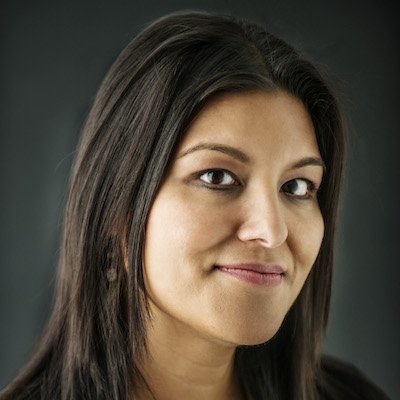
Sarah Stonbely

Matthew Pressman

Errin Haines

Rasmus Kleis Nielsen

Joni Deutsch
Gonzalo del Peon

Gordon Crovitz

Joe Amditis

j. Siguru Wahutu
Andrew Freedman

Shalabh Upadhyay

Tamar Charney

Jessica Clark

Kristen Jeffers

Mary Walter-Brown

Shannon McGregor Carolyn Schmitt

Matt DeRienzo
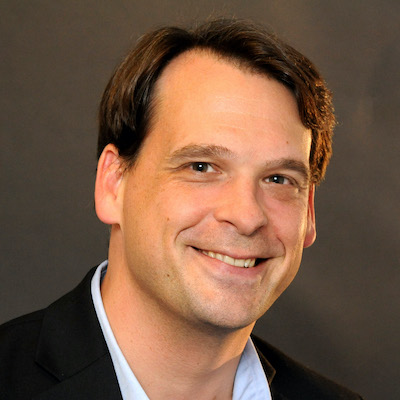
James Salanga

Raney Aronson-Rath

Ståle Grut

David Cohn

Joanne McNeil

Whitney Phillips

Matt Karolian

Julia Angwin

Sarah Marshall

Anthony Nadler

Mandy Jenkins

Joshua P. Darr

Paul Cheung

Parker Molloy

Doris Truong

James Green

Megan McCarthy

Jody Brannon

Anika Anand

AX Mina

Amara Aguilar

Kristen Muller

Cindy Royal

Natalia Viana

Millie Tran

Tony Baranowski

Nik Usher

Michael W. Wagner

Moreno Cruz Osório

Cristina Tardáguila

Alice Antheaume

Mike Rispoli

Jim Friedlich
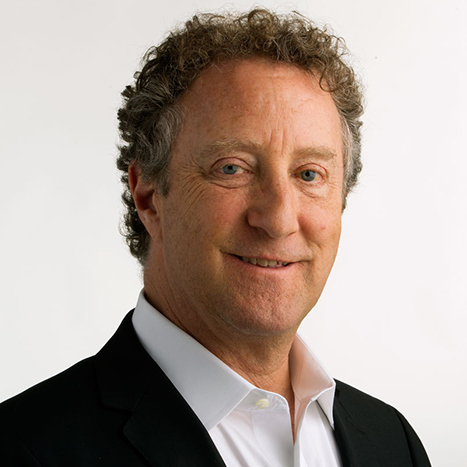
Catalina Albeanu

Izabella Kaminska
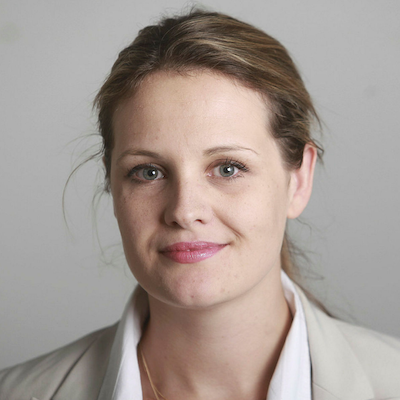
Jesenia De Moya Correa
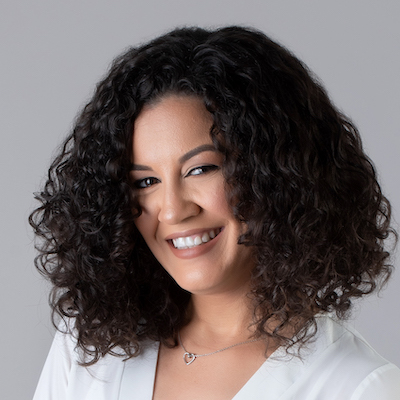
Don Day

Larry Ryckman

Joy Mayer

Chase Davis

Robert Hernandez
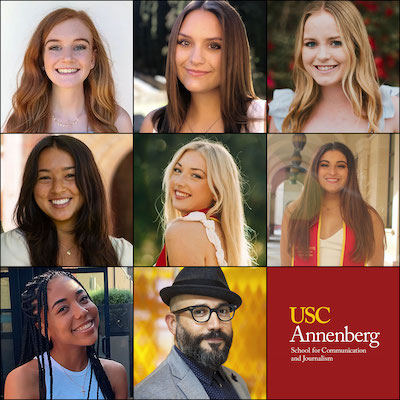
Jesse Holcomb

Christina Shih

John Davidow

Chicas Poderosas

Stephen Fowler

Eric Nuzum

Jennifer Coogan

Julia Munslow

Sam Guzik

Daniel Eilemberg

Gabe Schneider

Zizi Papacharissi

Jennifer Brandel

A.J. Bauer

Kerri Hoffman
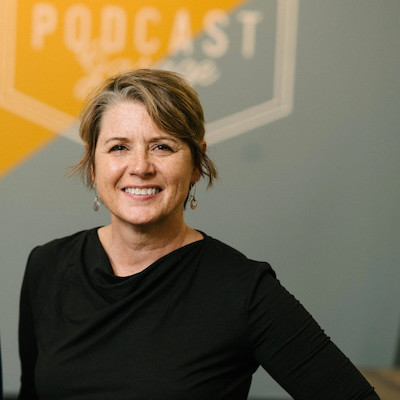
Brian Moritz

Jonas Kaiser

Stefanie Murray

Kathleen Searles Rebekah Trumble

Amy Schmitz Weiss
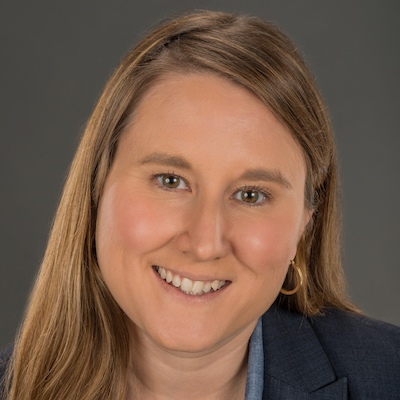
Kendra Pierre-Louis

Wilson Liévano

Richard Tofel

Juleyka Lantigua

Mario García
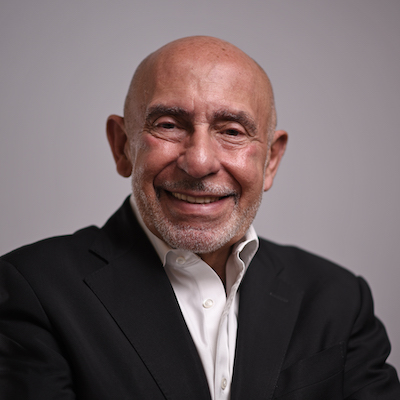
Candace Amos
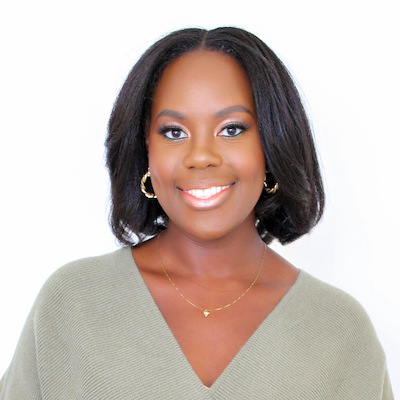
Laxmi Parthasarathy

David Skok

Rachel Glickhouse

Tom Trewinnard

Christoph Mergerson
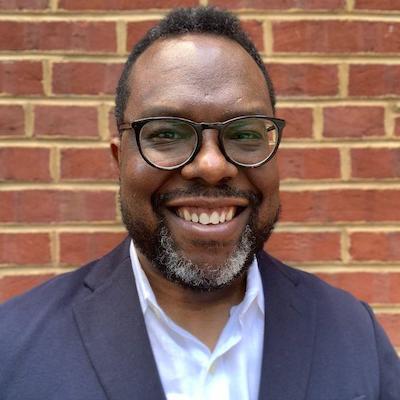
Ariel Zirulnick

Francesco Zaffarano

Cherian George
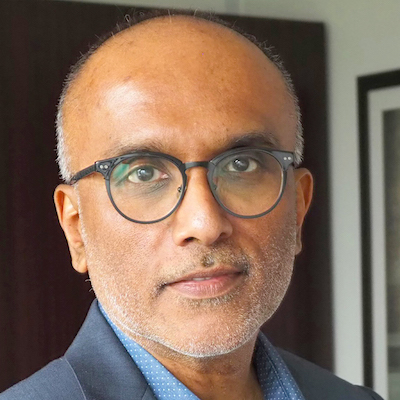
Burt Herman
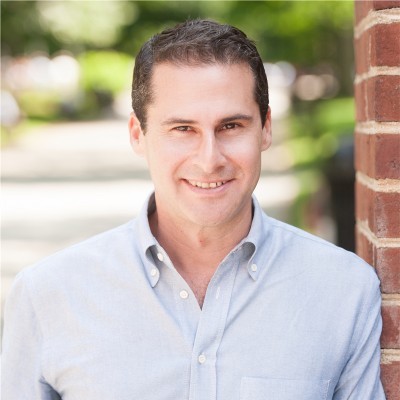
Simon Allison

Melody Kramer
